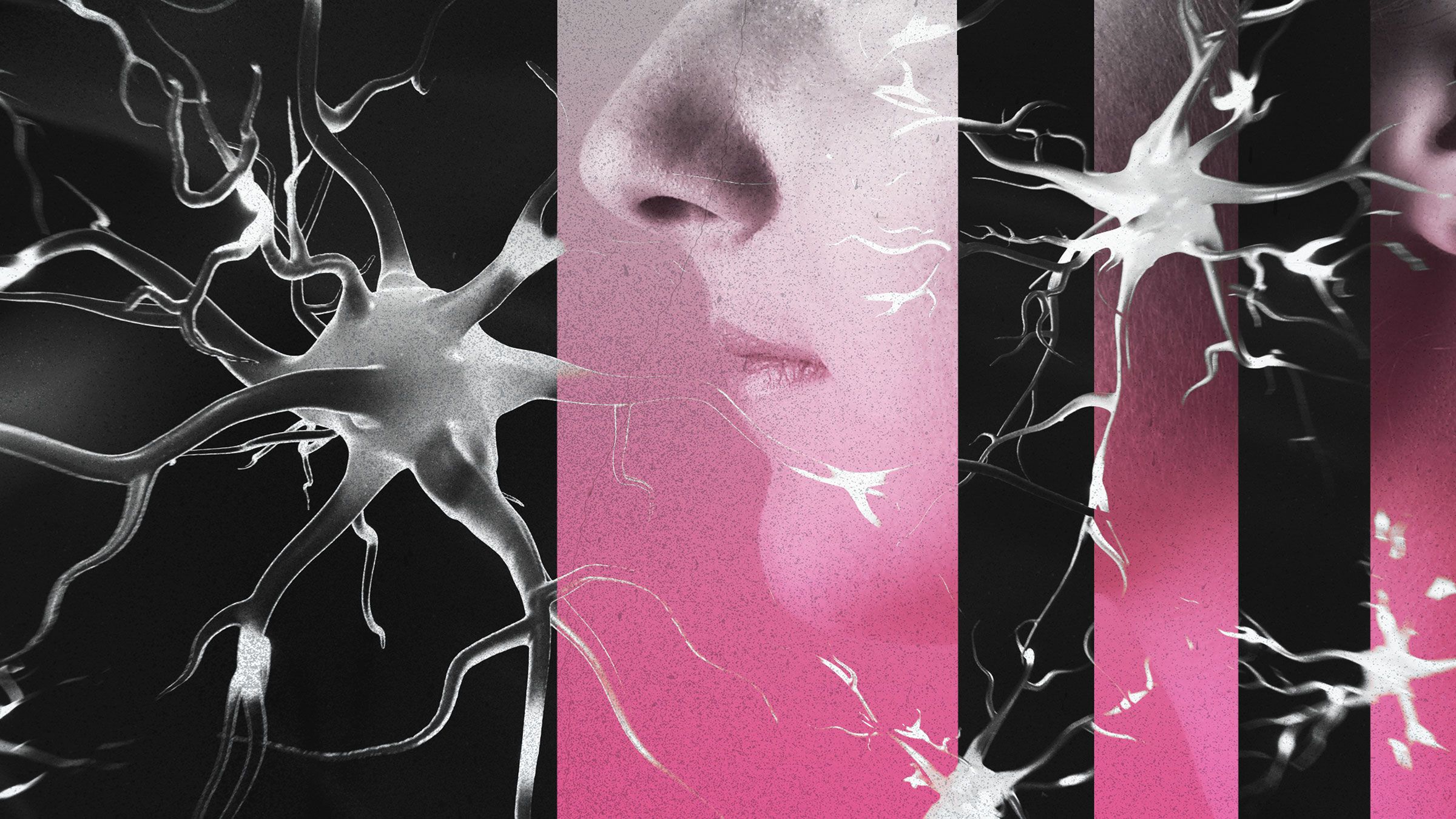A Key to Detecting Brain Disease Earlier Than Ever
Advancements in technology and research have provided healthcare professionals with a key tool in the early detection of brain diseases. This tool is known as brain imaging, which allows for a detailed look at the brain’s structure and function.
By using brain imaging techniques such as MRI or PET scans, doctors can identify early signs of conditions like Alzheimer’s disease, Parkinson’s disease, and multiple sclerosis. These scans can reveal changes in the brain that may indicate the presence of a disease before symptoms become apparent.
Early detection of brain diseases is crucial for developing effective treatment plans and improving outcomes for patients. With early intervention, medical professionals can slow the progression of the disease and better manage symptoms.
In addition to aiding in the diagnosis of brain diseases, brain imaging can also be used to monitor disease progression and evaluate the effectiveness of treatments over time. This allows doctors to make adjustments to the treatment plan as needed.
Furthermore, brain imaging has opened up new avenues for research into the causes and mechanisms of various brain diseases. By studying the brain’s structure and function in detail, researchers can gain valuable insights that may lead to the development of new therapies and interventions.
Overall, brain imaging is a powerful tool that has revolutionized the field of neurology and has the potential to transform the way we approach the diagnosis and treatment of brain diseases. With its ability to detect abnormalities in the brain at an early stage, brain imaging is truly a key to detecting brain disease earlier than ever before.
